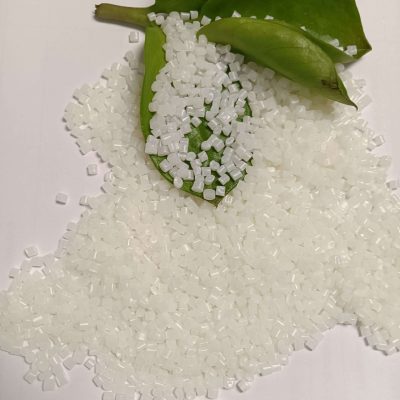Edge banding tape is a versatile material used to cover the exposed edges of wood-based panels, such as particleboard, MDF (Medium Density Fiberboard), and plywood, to enhance their appearance and durability. The composition of edge banding tape can vary depending on its intended use, desired finish, and durability requirements. In this article, we will explore the different materials used to make edge banding tape and their respective properties.
Common Materials Used in Edge Banding Tape
- PVC (Polyvinyl Chloride)
- Description: PVC is one of the most common materials used for edge banding tape. It is a synthetic plastic polymer known for its durability and flexibility.
- Properties:
- Durable: Resistant to impact, moisture, and chemicals.
- Flexible: Easily conforms to curved or irregular edges.
- Variety: Available in various colors, patterns, and textures, including wood grain finishes.
- Applications: Widely used in cabinetry, furniture, and office interiors.

- ABS (Acrylonitrile Butadiene Styrene)
- Description: ABS is a thermoplastic polymer that offers a good balance of strength, rigidity, and toughness.
- Properties:
- Strong: High impact resistance and good mechanical properties.
- Eco-Friendly: Can be recycled, making it a more environmentally friendly option than PVC.
- Stable: Resistant to UV light and color fading.
- Applications: Common in high-quality furniture and kitchen cabinets.
- Melamine
- Description: Melamine edge banding is made from melamine-impregnated paper, which is then bonded to the substrate using heat and pressure.
- Properties:
- Cost-Effective: Generally less expensive than PVC and ABS.
- Heat Resistant: Performs well in environments exposed to heat.
- Decorative: Often used to match the surface finish of melamine-faced boards.
- Applications: Suitable for use in budget furniture and shelving.
- Wood Veneer
- Description: Wood veneer edge banding is made from thin slices of real wood, offering a natural and authentic appearance.
- Properties:
- Aesthetic: Provides a high-end, natural wood finish.
- Customizable: Can be stained, lacquered, or varnished to match the wood surface.
- Eco-Friendly: Made from renewable resources.
- Applications: Ideal for premium furniture, cabinetry, and decorative pieces.
- Acrylic
- Description: Acrylic edge banding is a transparent or colored thermoplastic material known for its clarity and aesthetic appeal.
- Properties:
- High Gloss: Offers a sleek, glossy finish.
- Durable: Resistant to scratches, UV light, and color fading.
- Decorative: Available in a range of colors and designs, including 3D effects.
- Applications: Often used in modern, high-gloss furniture and interior design.
Adhesive Backing
Edge banding tape typically comes with a pre-applied adhesive on the back, which can be activated using heat (iron-on edge banding) or applied using an edge banding machine. The types of adhesive commonly used include:
- Hot Melt Adhesive: A thermoplastic adhesive that melts when heated and solidifies upon cooling, providing a strong bond.
- Pressure-Sensitive Adhesive (PSA): A type of adhesive that forms a bond when pressure is applied, often used for peel-and-stick edge banding.
Conclusion
Edge banding tape is made from a variety of materials, each offering unique properties and advantages. PVC and ABS are popular choices for their durability and flexibility, while melamine provides a cost-effective option. Wood veneer offers a natural, high-end finish, and acrylic provides a modern, glossy look. Understanding the different materials used in edge banding tape can help you choose the best option for your specific needs and applications.

